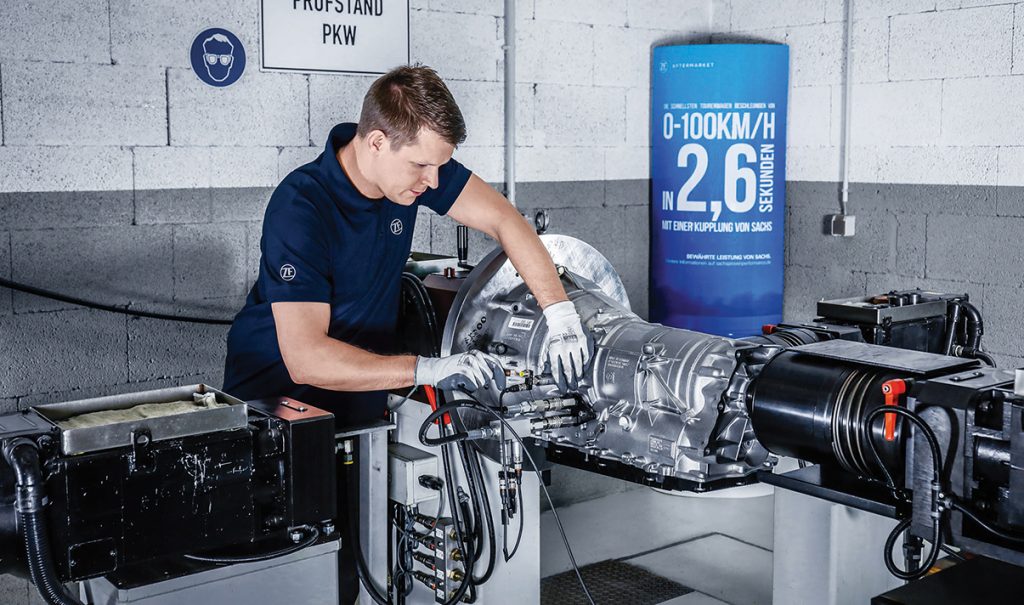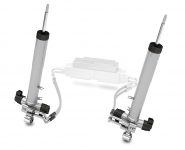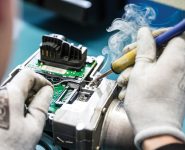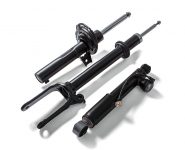TRANSMISSION TIPS FROM ZF AFTERMARKET
The ZF Aftermarket experts take a look at transmission diagnosis, service and repair

Although modern transmissions are designed to be efficient and durable, problems can still occur.
Regardless of whether a gearbox design is for a manual, automatic or hybrid transmission, workshops can count on the highly specialised system competence of ZF Aftermarket when it comes diagnosis, service and repair.
Causes of errors are diverse
Usually, a passenger car (PC) transmission lasts the entre life cycle of a vehicle. However, errors in the shifting process, wear and contamination as well as worn or missing transmission oil can limit functionality – and component damage calls for professional repair.
PC transmissions can be exposed to high stresses on a regular basis, therefore incorrect operation, faulty peripheral vehicle parts or lack of maintenance can quickly lead to damage.
Often transmission damage is highlighted by metallic rattling noises or vibrations during gear shifting. In many cases, this is just a matter of replacing small worn components such as needle bearings, synchroniser rings, shift sleeves, and seals or is due to an incorrect oil level.
Non-observance of such symptoms can result in massive consequential damage to the internal components, resulting in significantly higher repair costs.
Also, unnecessarily high engine speeds and an accumulation of shifting errors can eventually lead to defects.
For manual gearboxes, faulty operation is usually due to the clutch pedal being operated too late or released too early, or to an incorrect gear being engaged. While a frequent operating error with automatic transmissions is shifting from D to R gear while the vehicle is still rolling.
Step by step: Transmission repair
In these steps, ZF Aftermarket has defined the process undertaken by its experts during a transmission repair including fault diagnosis, cleaning, disassembly, maintenance and – depending on requirements – repair or replacement of individual parts.
• Step one: Diagnosis and interpretation of vehicle data: The basis for a reliable diagnosis is the readout of the fault memory and the highly specialised interpretation of all relevant vehicle data using a diagnostic device.
• Step two: Gear unit cleaning: after identifying the causes of the fault, the gearbox is cleaned to remove any stuck deposits and/or dirt residue using sandblasting technology.
• Step three: Dismantling the gear unit: ZF Aftermarket then examines the components inside the transmission. To do this, the transmission is completely dismantled, and the individual parts inspected and, if necessary, measured. In automatic transmissions, the torque converter is emptied, cleaned, and overhauled.
• Steps four and five: Mechatronics repair and inspection: after the repair, manual transmissions are switched through on the assembly trestle and tested for noise.
• Steps six and seven: Assembly and final tests on the test bench: after assembly, the gear unit is filled with new oil. Finally, the software of the automatic transmission is reset to its original state. A final test run of the transmission in the vehicle completes the repair process.
ZF Aftermarket‘s system competence
The central prerequisites for repairing transmission damage are comprehensive specialist knowledge and a high level of diagnostic expertise for gearboxes of all brands.
The worldwide ZF Service Partner network supports independent workshops in complex transmission repairs as a strong and quality-oriented service provider.
ZF Aftermarket also offers spare parts and transmission oils in OEM quality. It says this ensures fast, professional, and reliable repairs, including replacement to series production status.
For more information, visit www.zf.com/au









